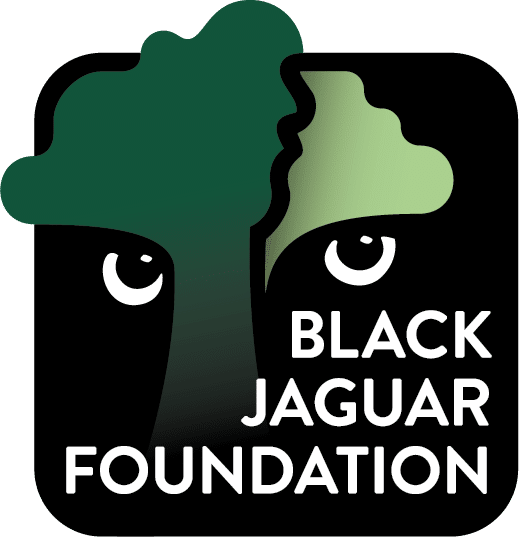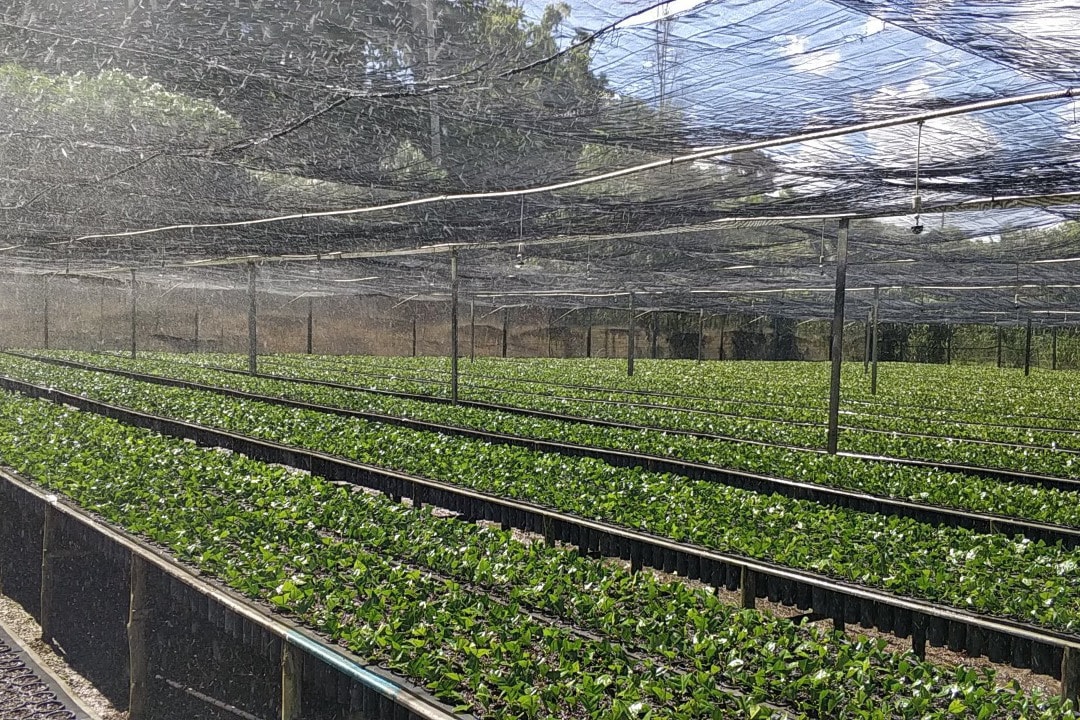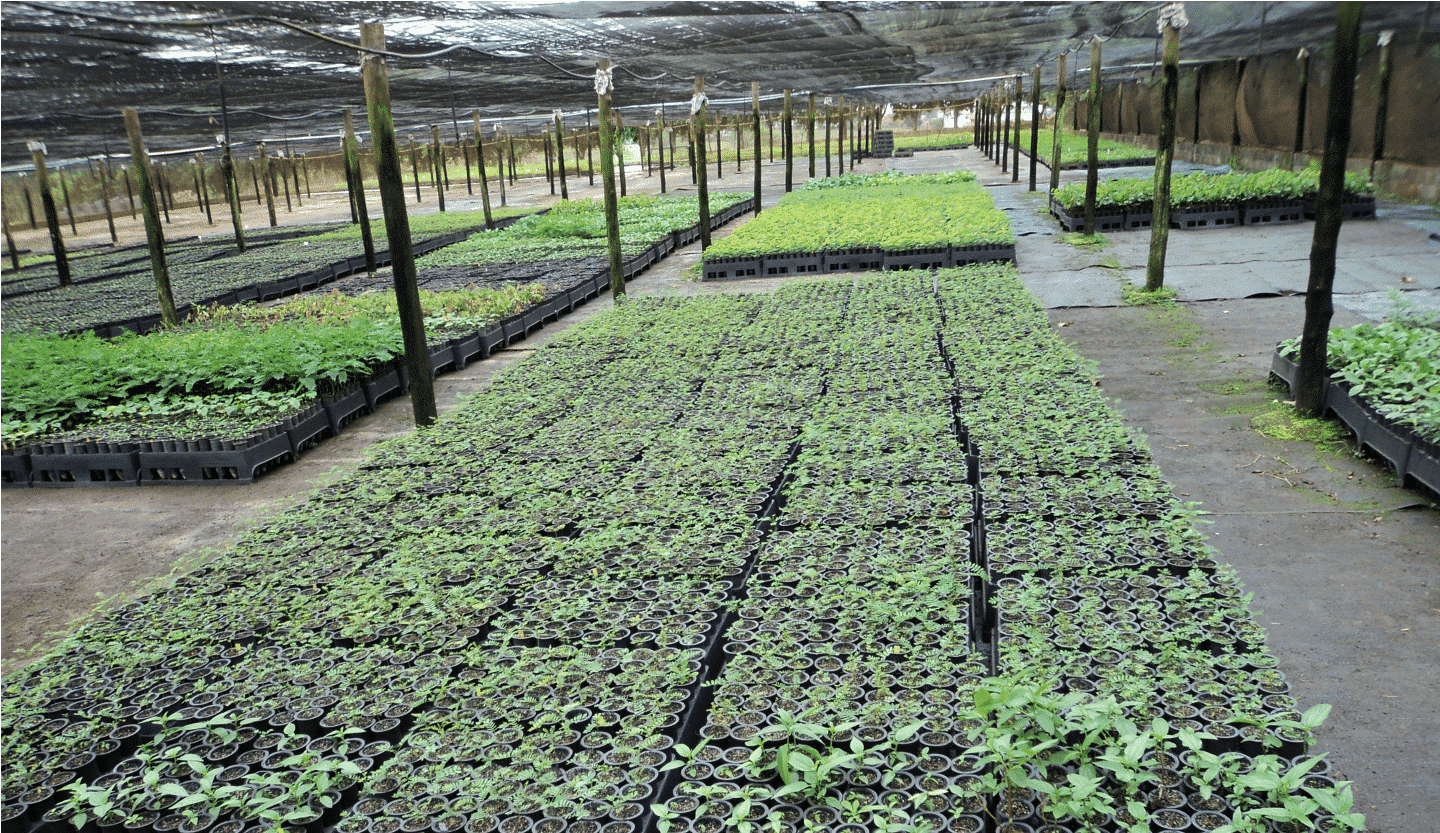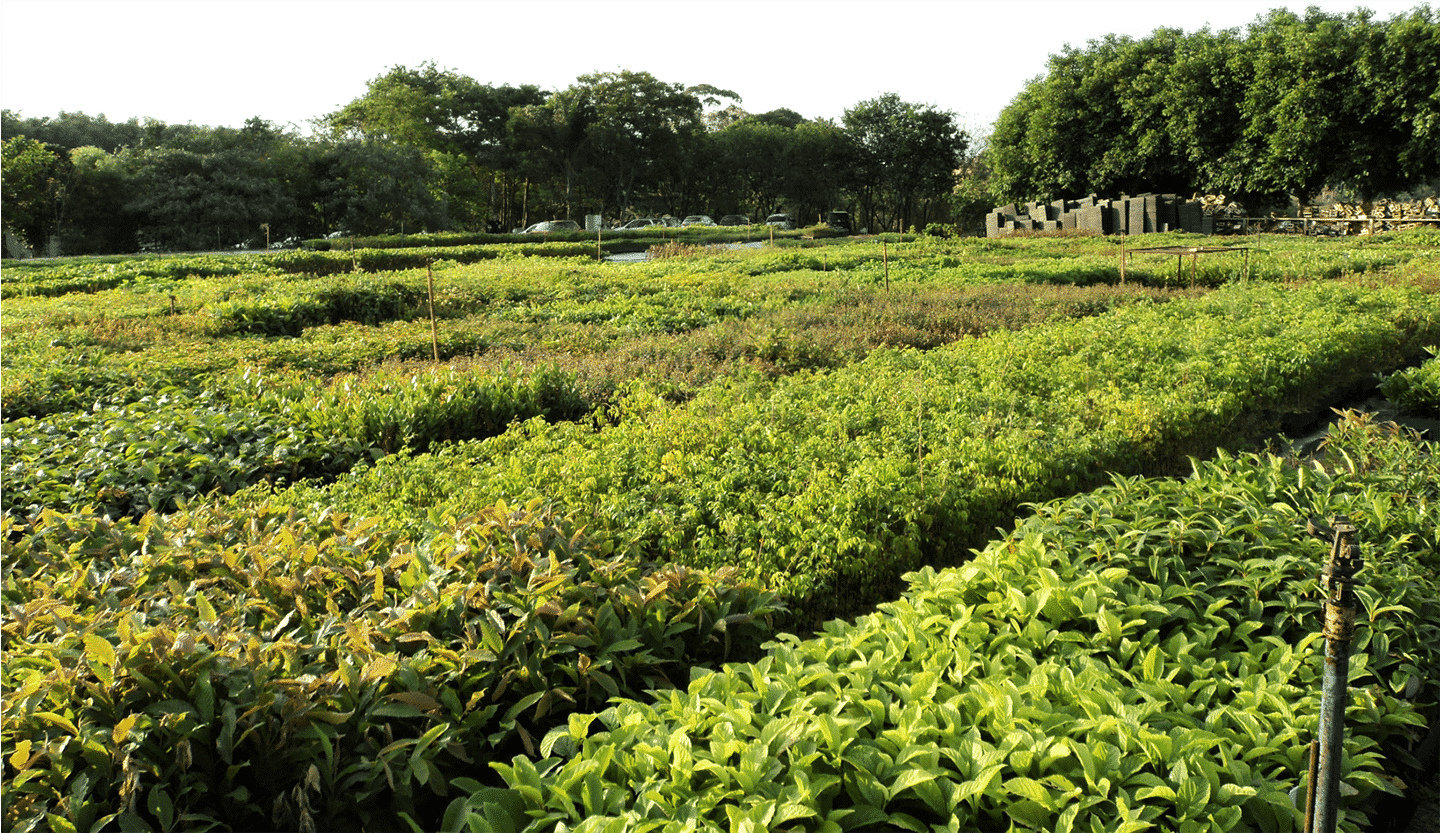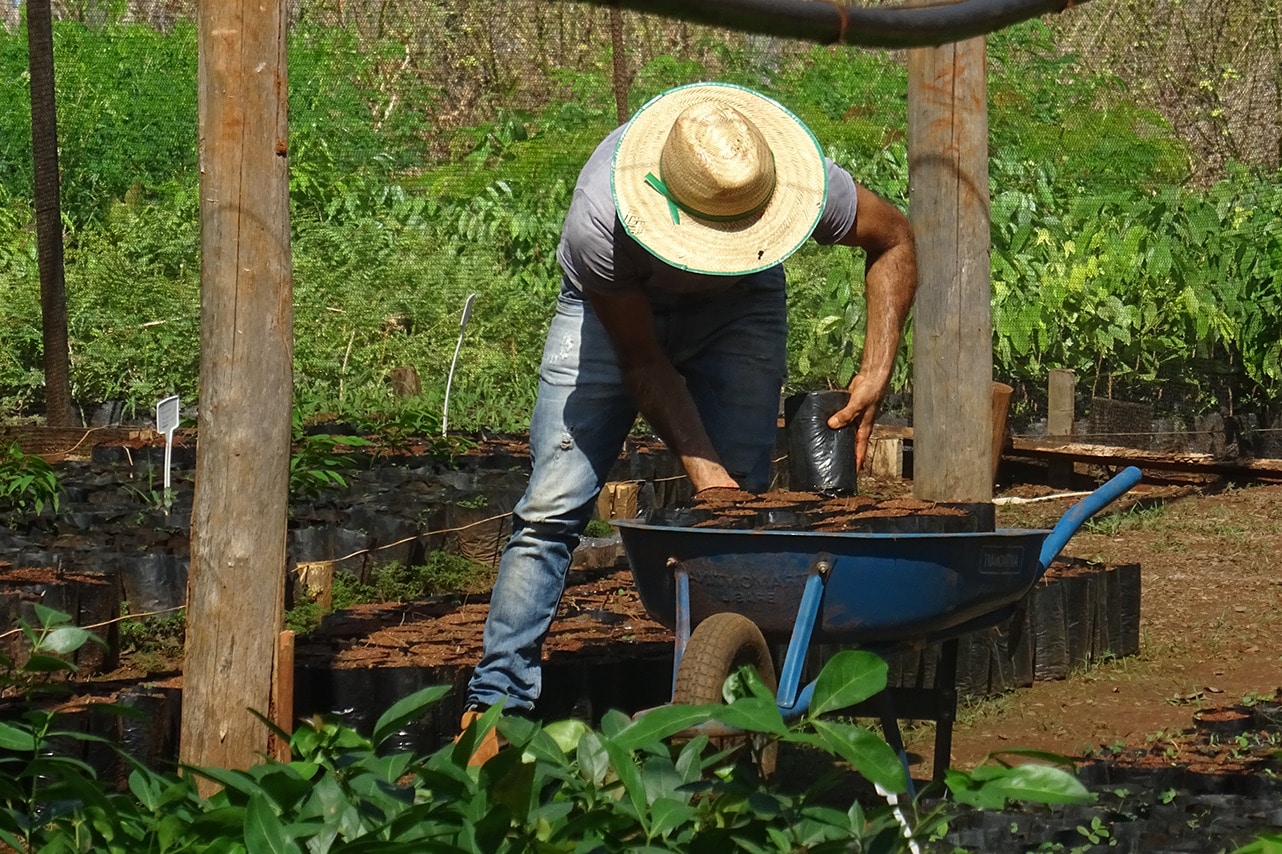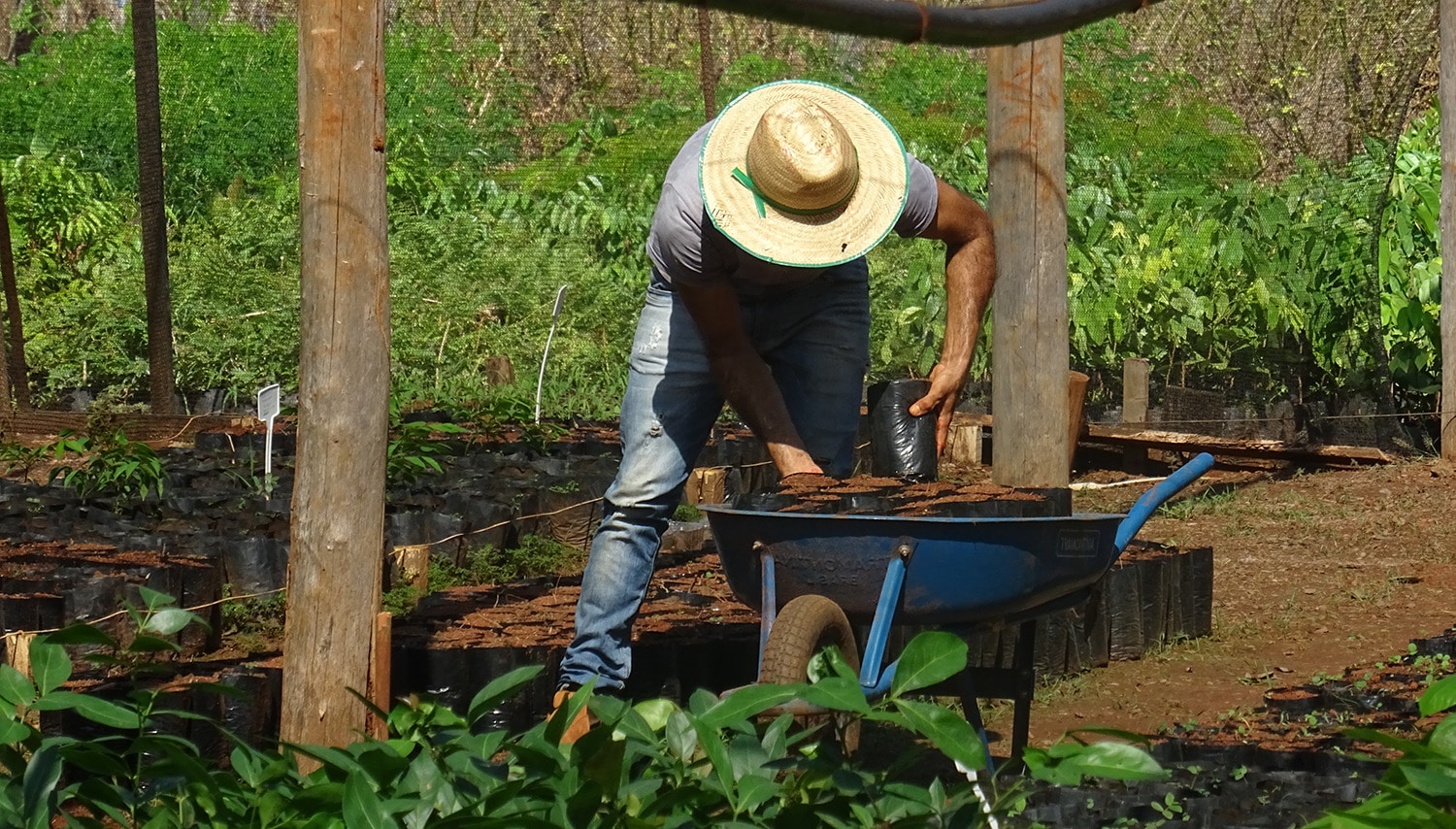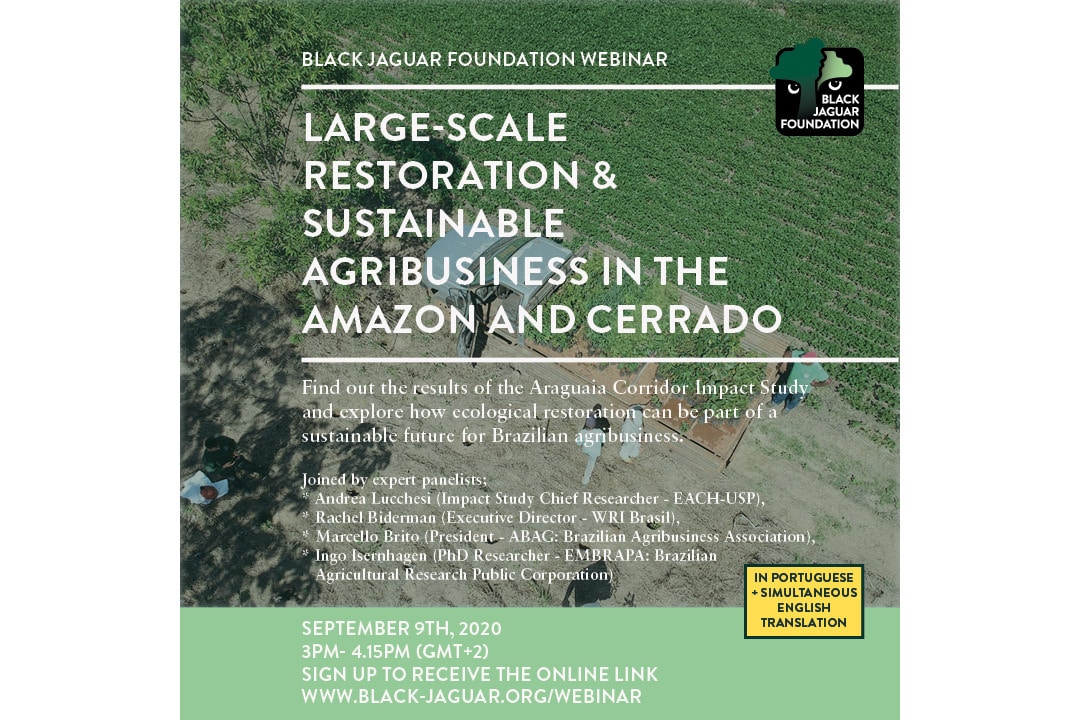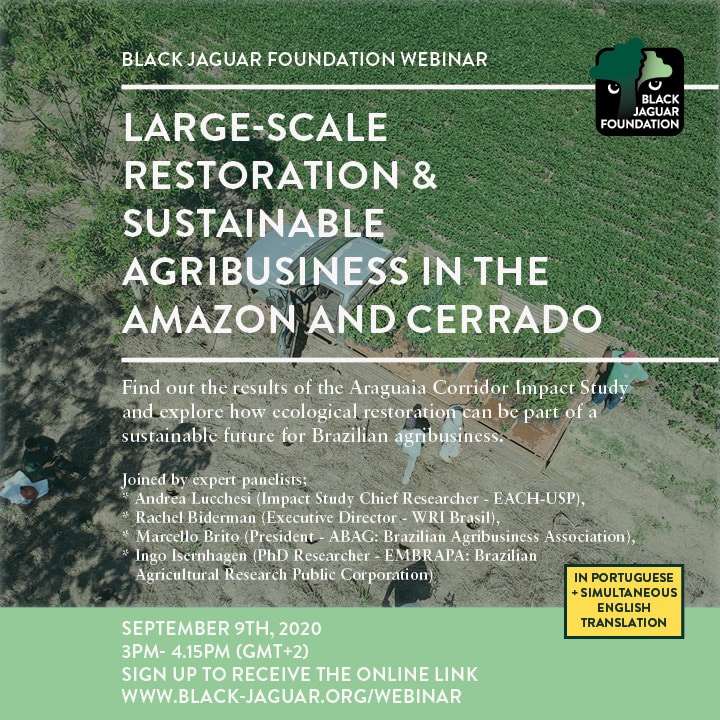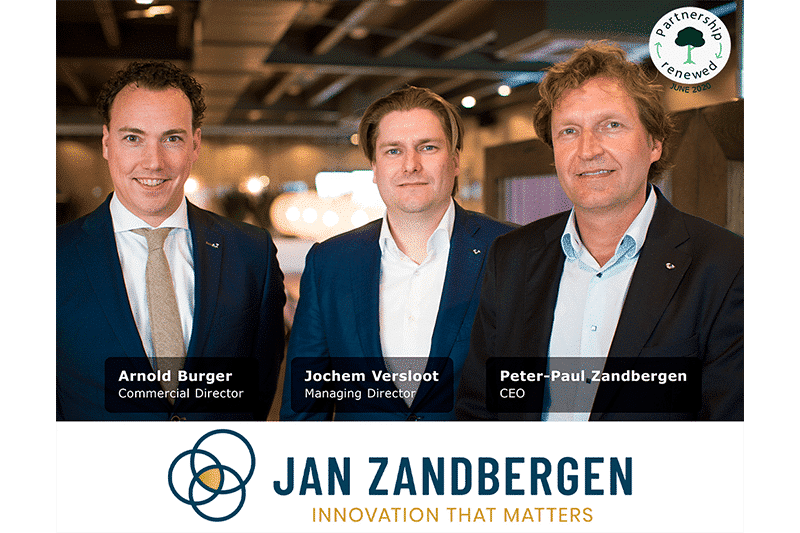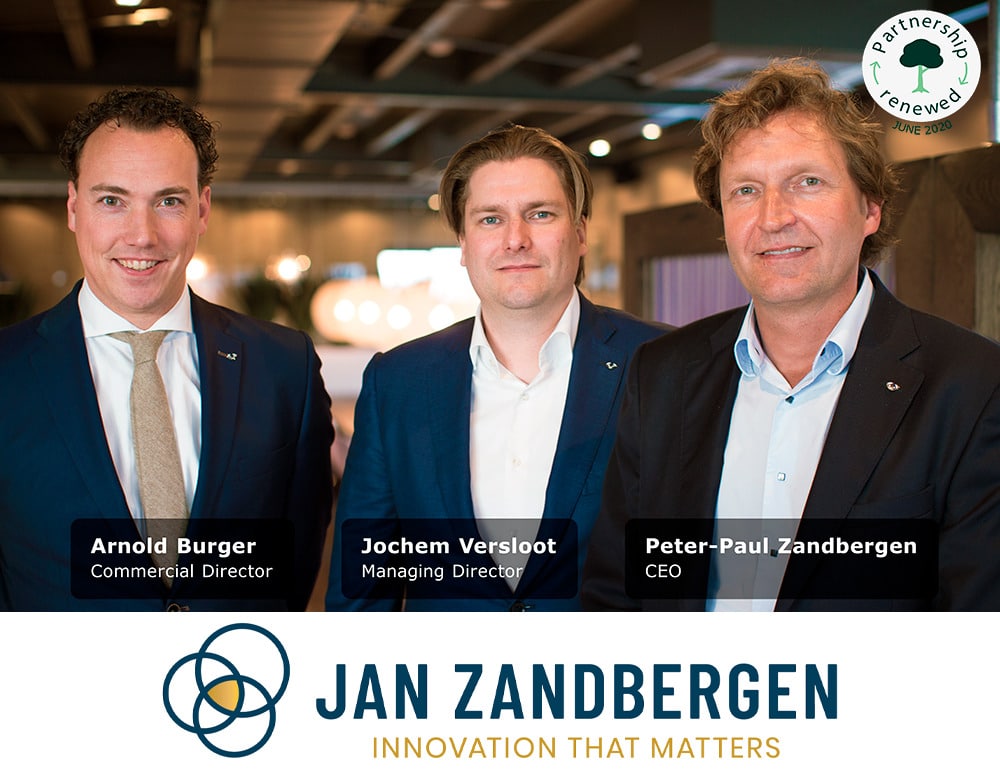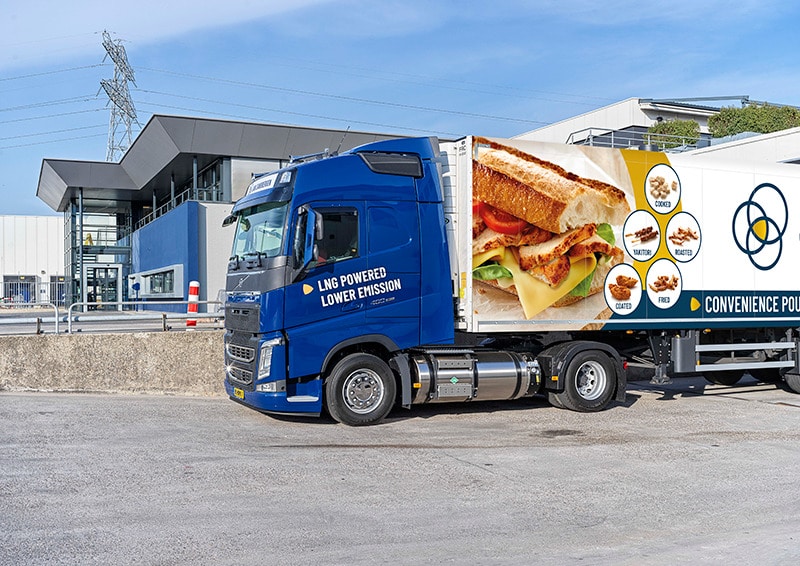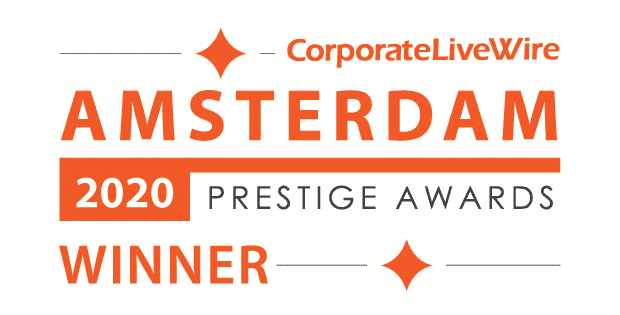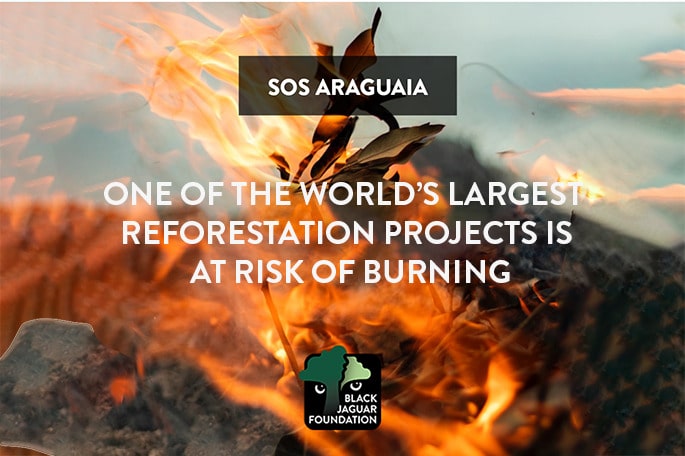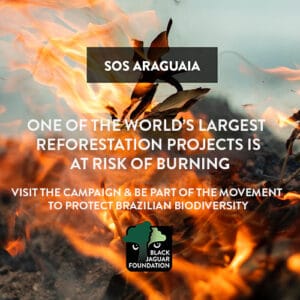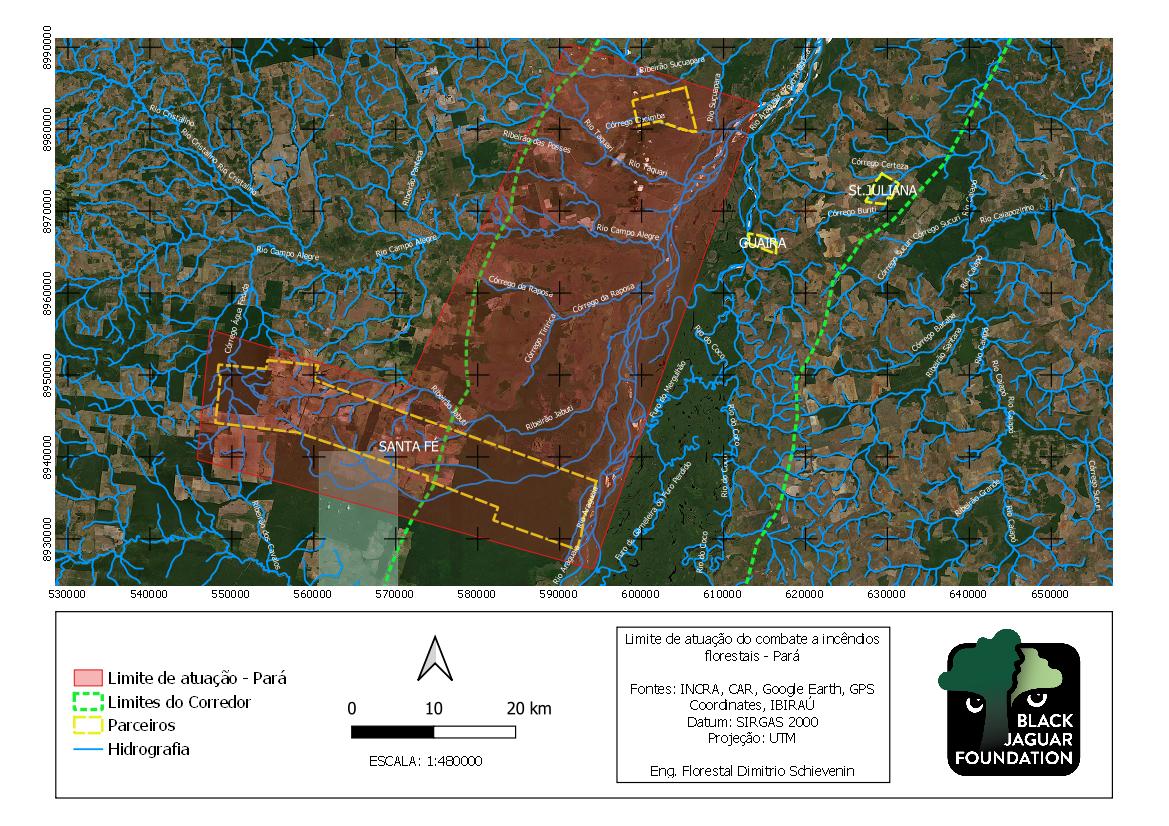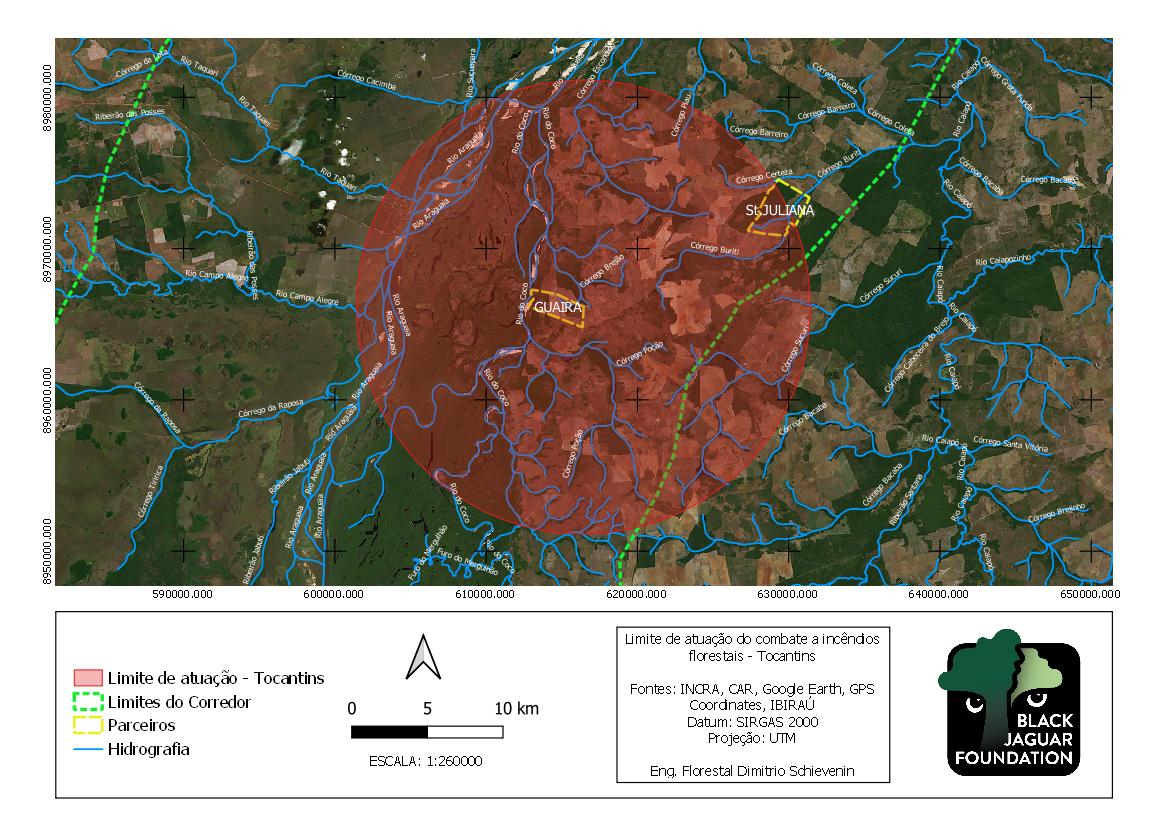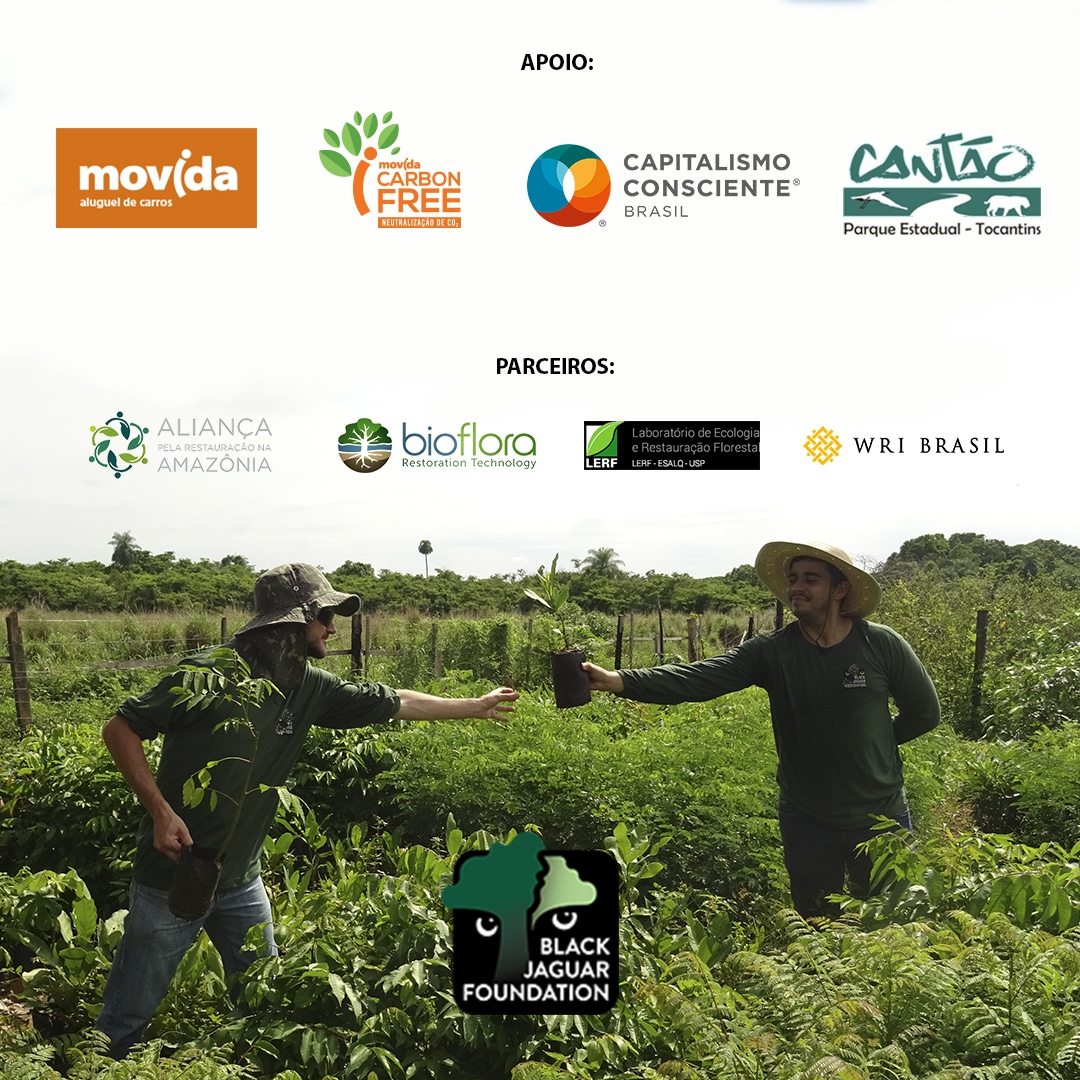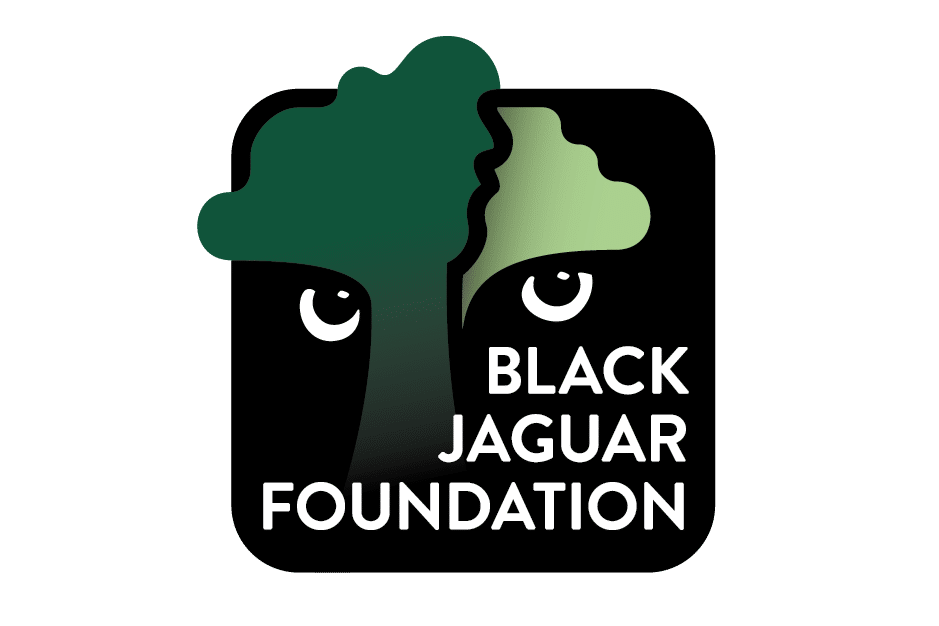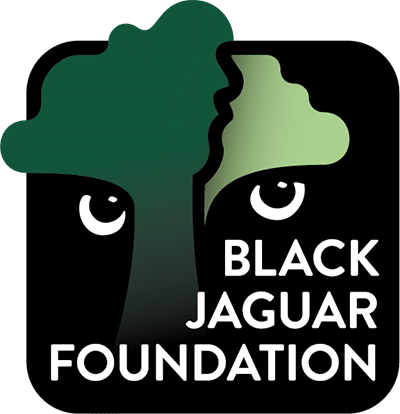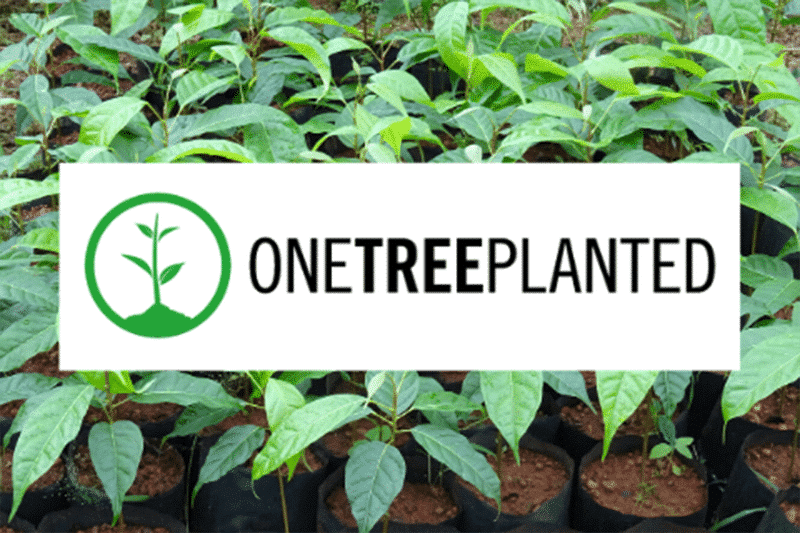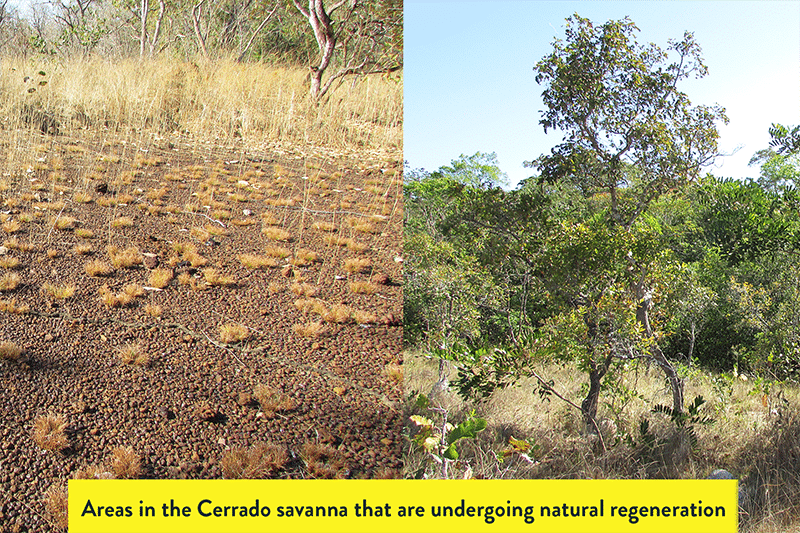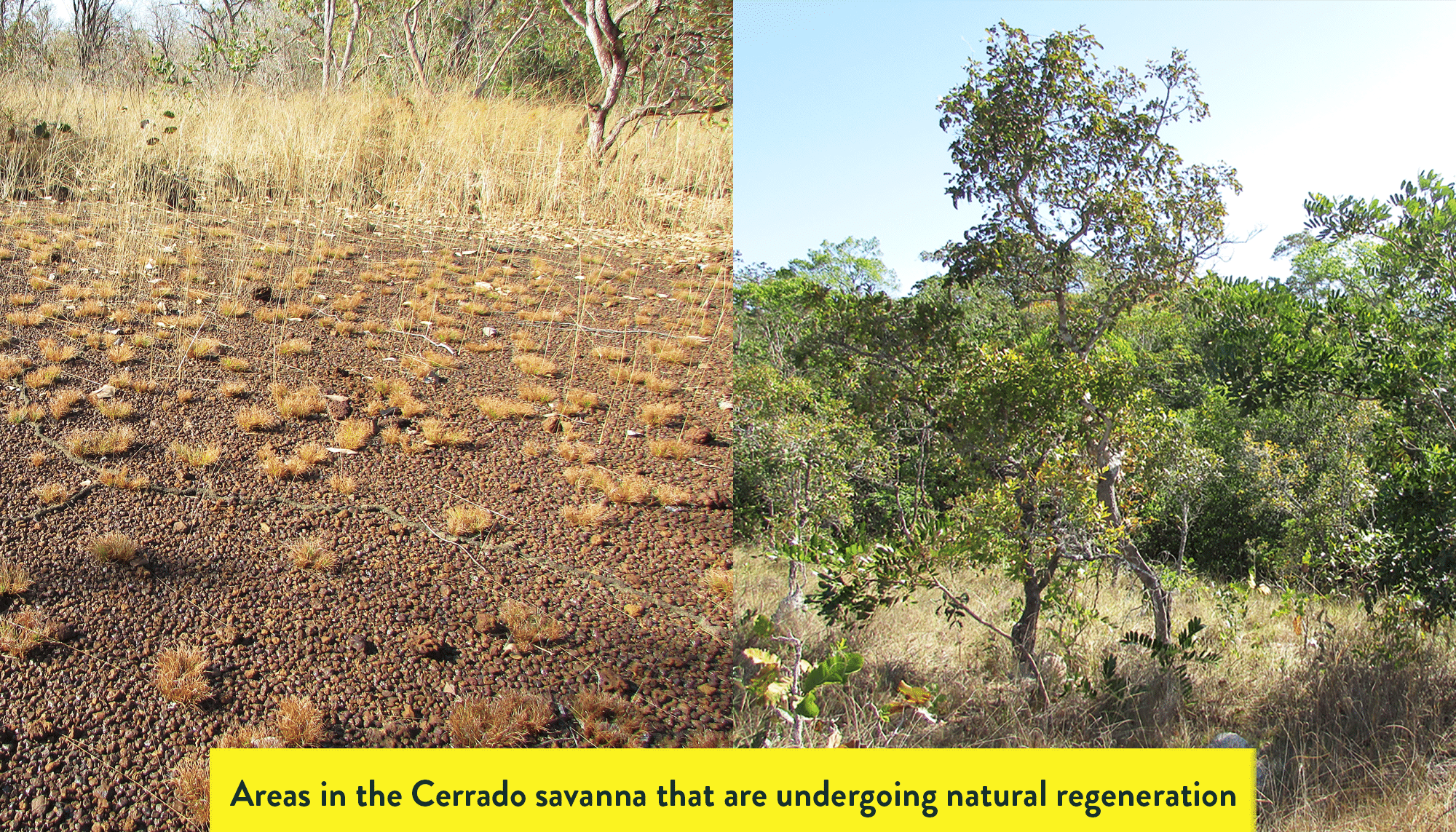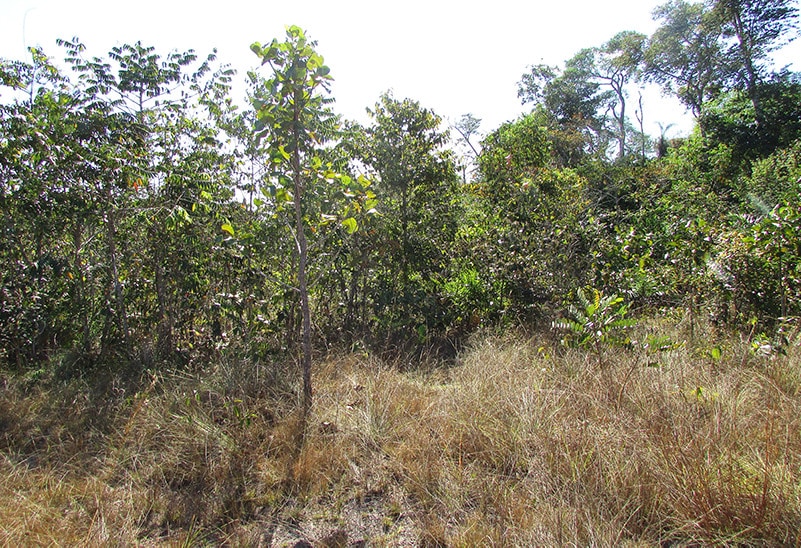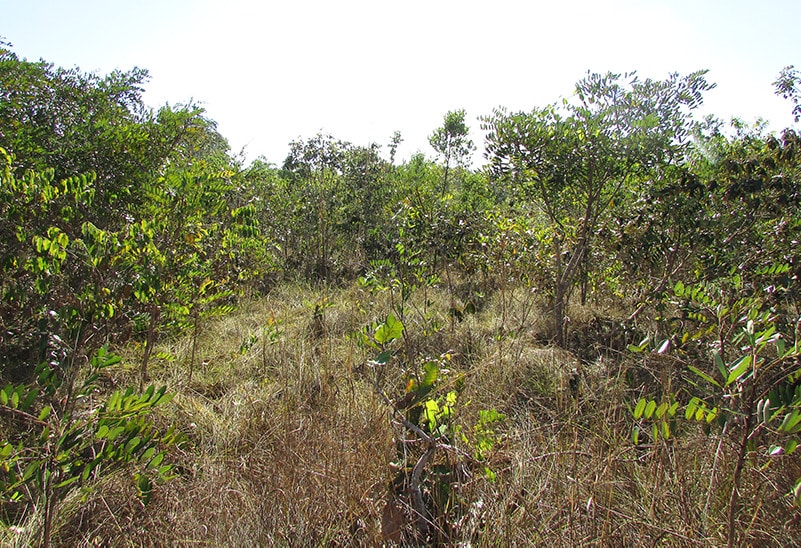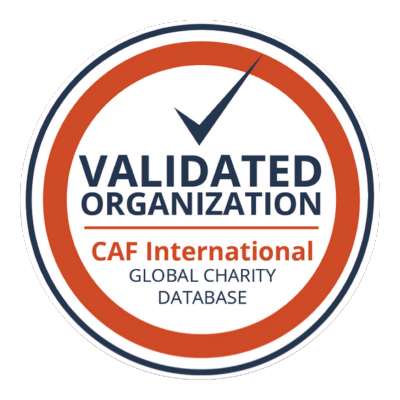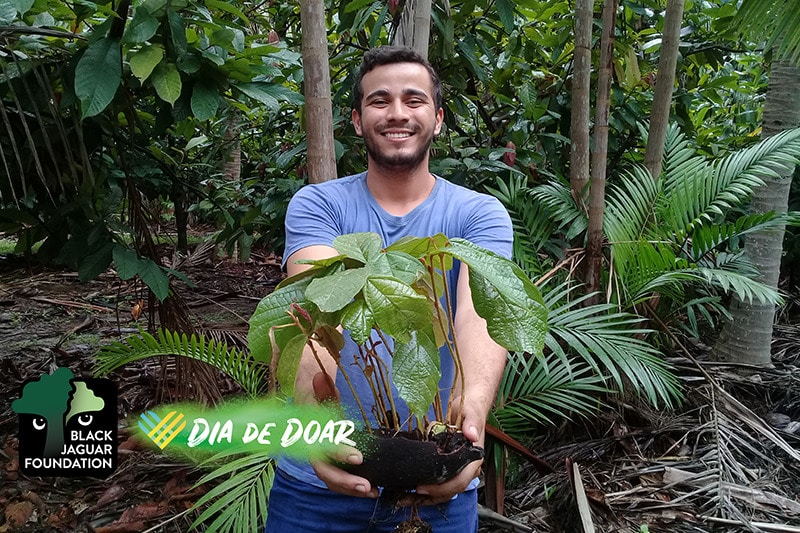
In two weeks time, your inbox and social feed will be filled with messages about Giving Tuesday. You may be asking yourself a few questions…
What is giving Tuesday? Why should I donate? Who should I donate to? Will my donation make an impact? What if I can’t afford to donate? We’ve been asking ourselves the same questions…

Giving Tuesday, also known as Dia de Doar in Brazil, began in 2012 to celebrate the generosity of giving. The aim was to create one day with the purpose of supporting causes close to our hearts. It is now a worldwide movement, celebrated each year at the start of the festive season. This year it will take place on Tuesday, December 1st.
But why should you give on this day?
This day is just like any other, and like every other day, the good causes you care about need funds to keep doing their important work. Maybe it seems strange then to have just one day when you’re called to give, or (for those of us who don’t like to be told what to do) we may even resist being instructed when to donate.
But more than raising crucial donations and helping to bring awareness to so many important causes, this day is a beautiful reminder of how connected we all are. This year, in the midst of a global pandemic and a climate emergency, we need each other more than ever. So, whilst Giving Tuesday is a day like any other, it can be a catalyst for a lot of love to be shared, and more importantly, a lot of positive change.
Who should you donate to?
That’s a good question and not one we can answer for you…Do your research, search online for a cause that you care about, one which is transparent and accountable, one which is making the change you want to see. For us, we work in reforestation and give to our planet, because when you give to our planet, you give to each and every one of us and all those to come.
Find out more about how the Black Jaguar Foundation uses your donations here.
Will my donation make a real impact?
There are so many initiatives that make a real impact in people’s lives. Whether this is on an individual scale, or in terms of the future of our planet. If you want to know where your money is going, ask the question and see if you like the answer.
What if I can’t afford to donate?
For many, donating money is not an option. In this case, you have a valuable voice that is capable of reaching many people who may not have heard about your chosen cause. Use it! Follow your charities, re-post on social media, tell their story. It will make a difference and giving Tuesday is the perfect time to start!
We sincerely hope that this Giving Tuesday you take part, in some shape or form. Get in touch for more information about how you can help. Thank you as always for your continuous support.
Warmest regards,
The BJF Team
Looking for inspiration? At the moment, our team are busy in the field planting as many trees as possible during the rainy season. Take a lot at some of the pictures from our last planting season…
